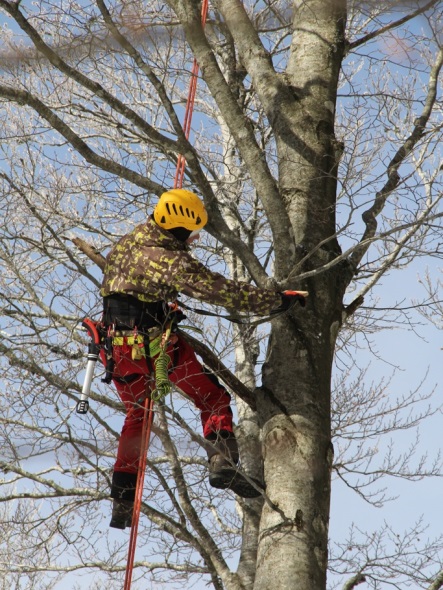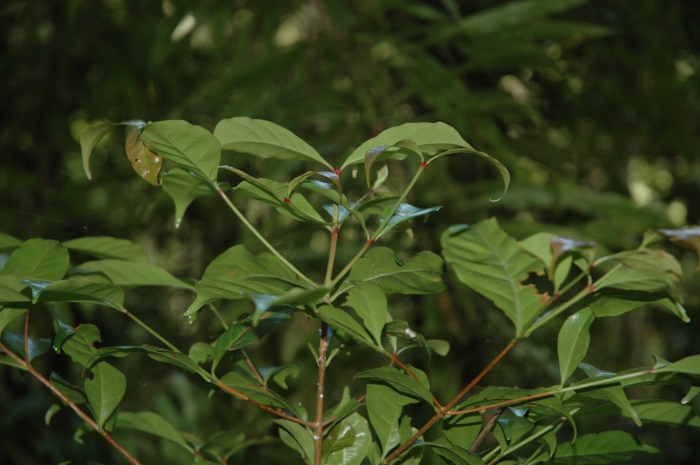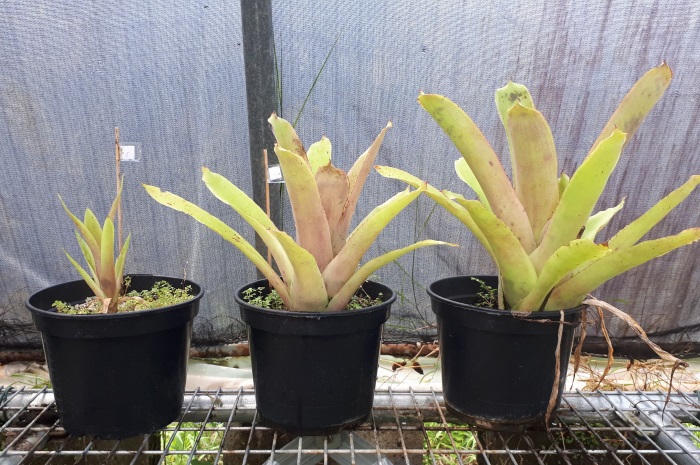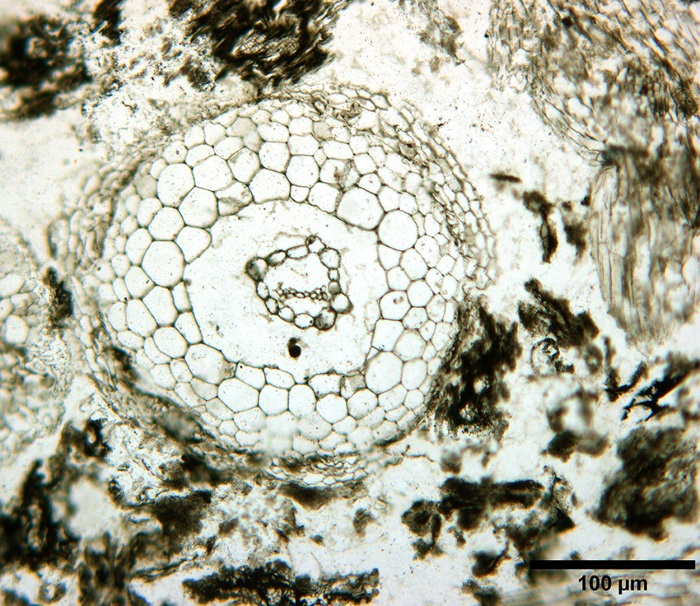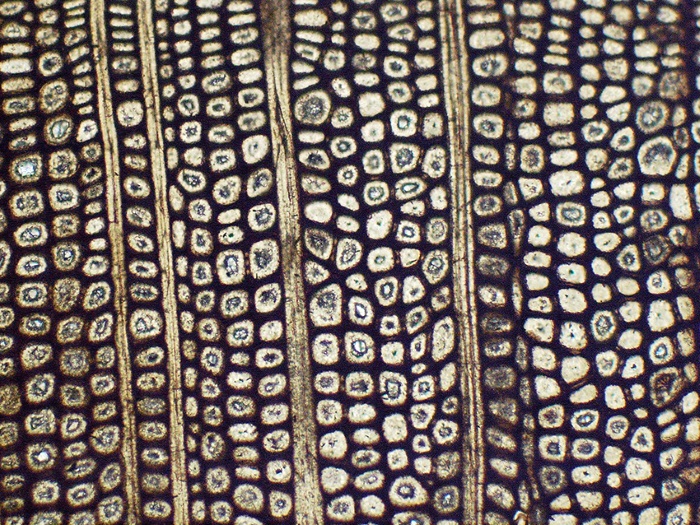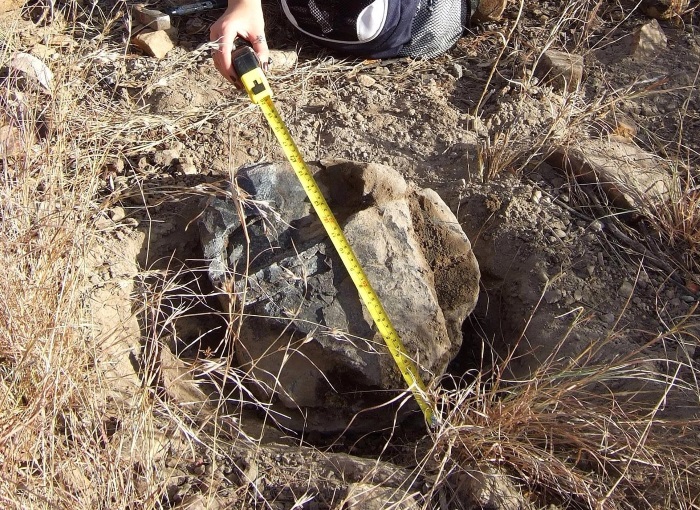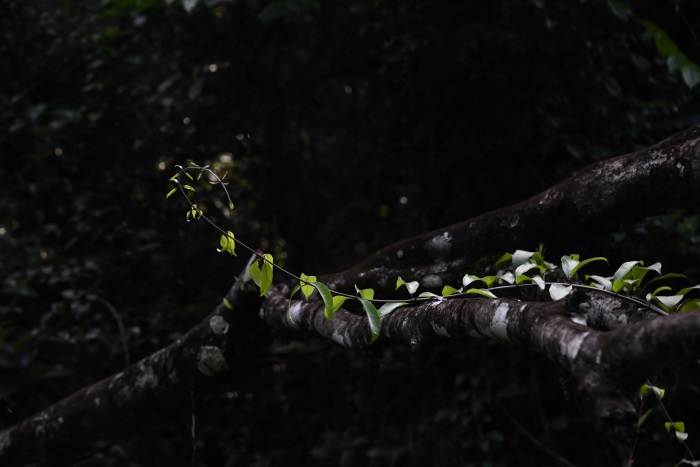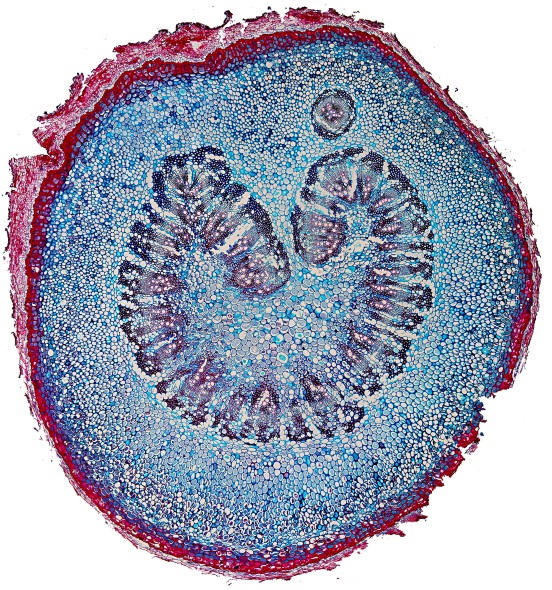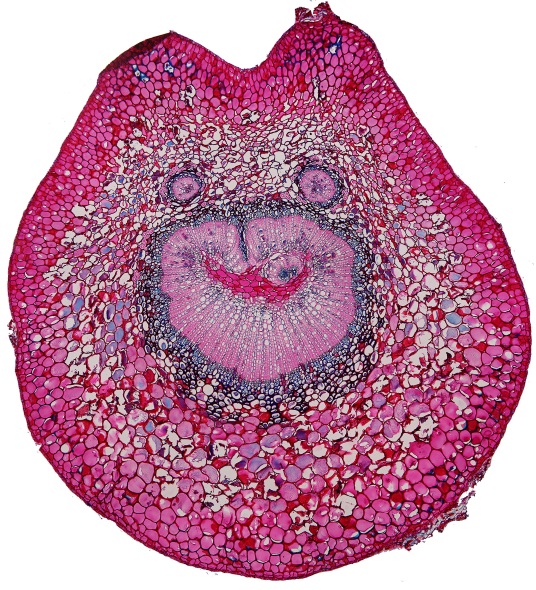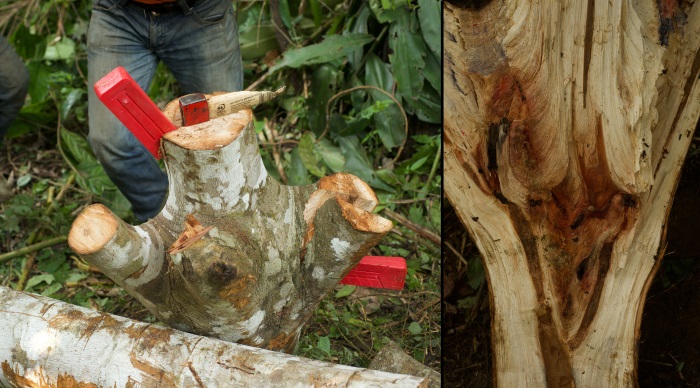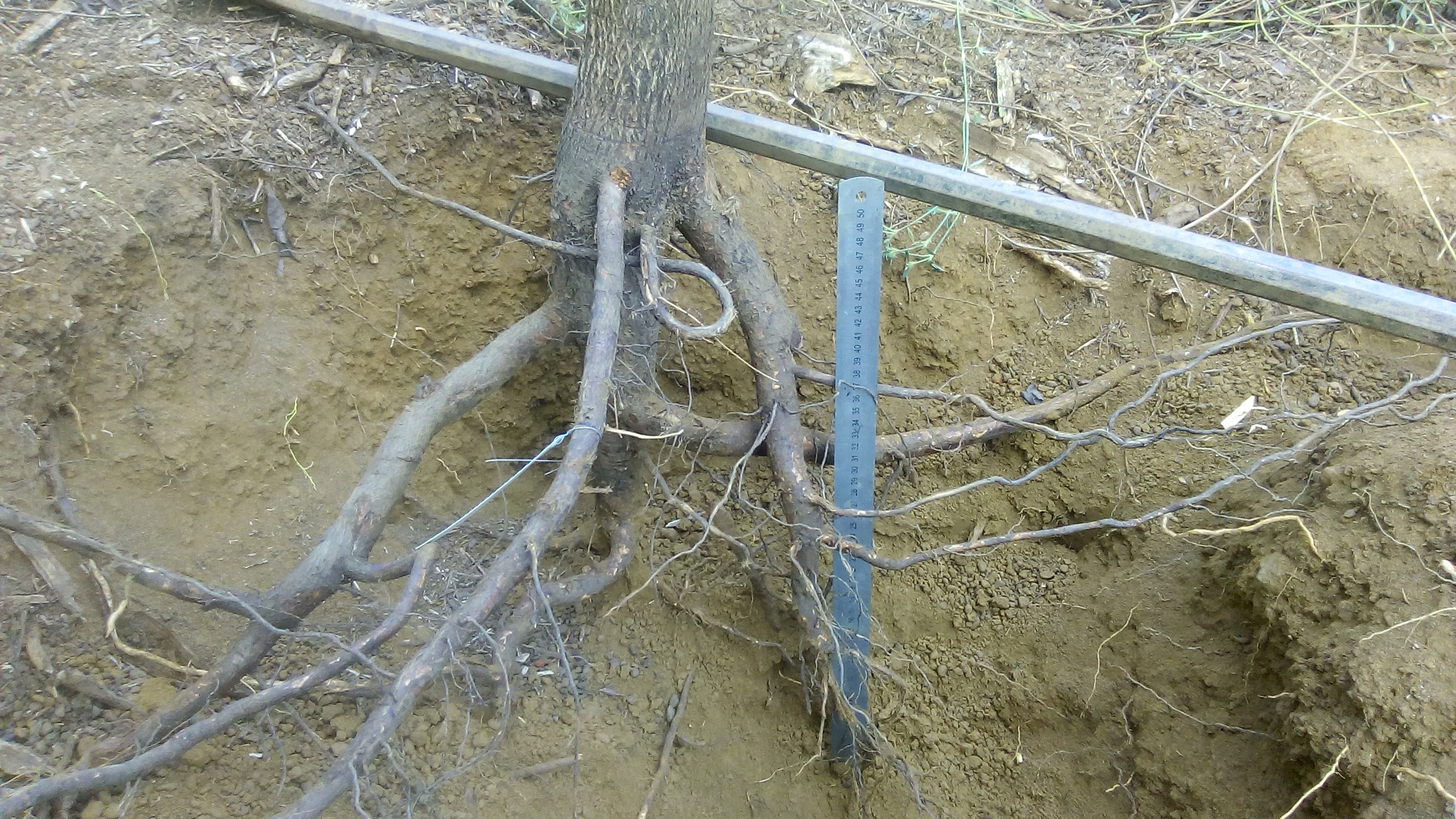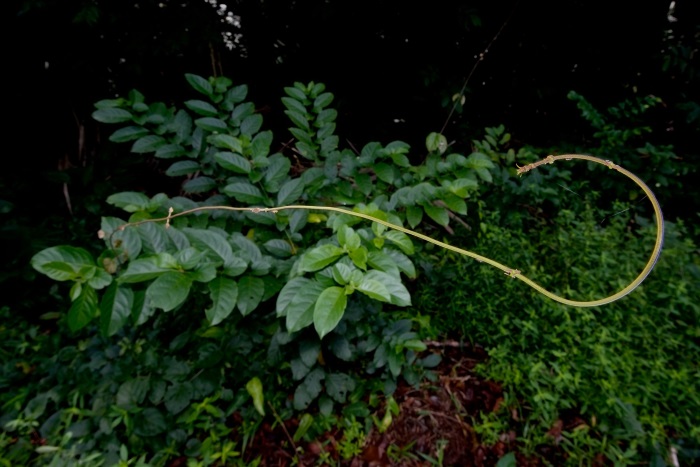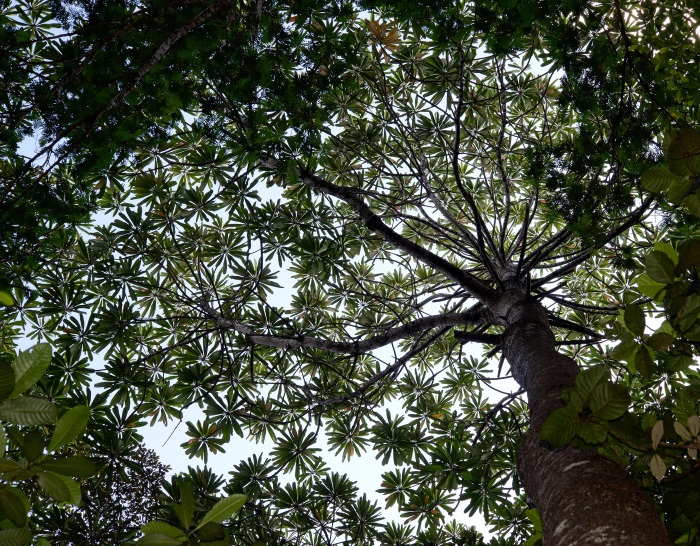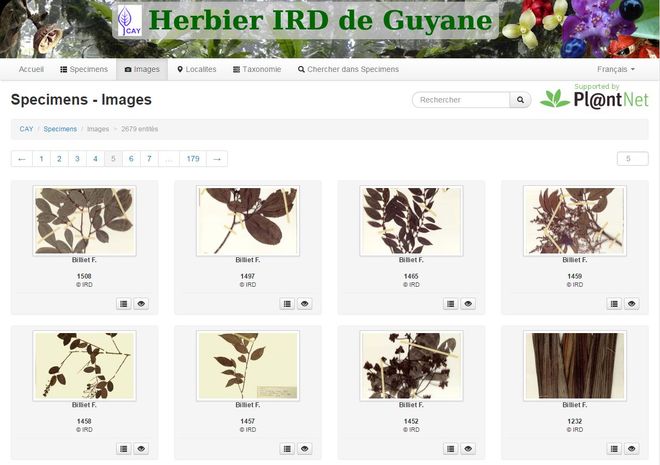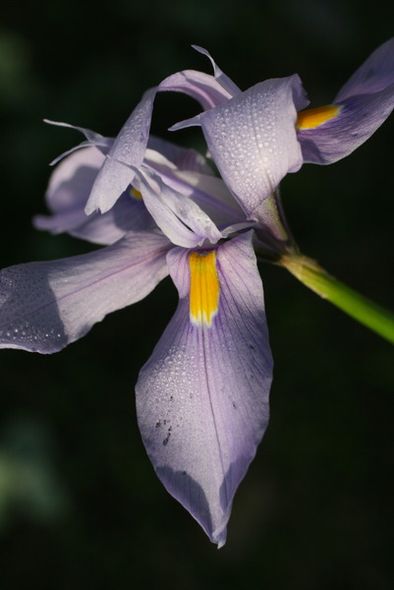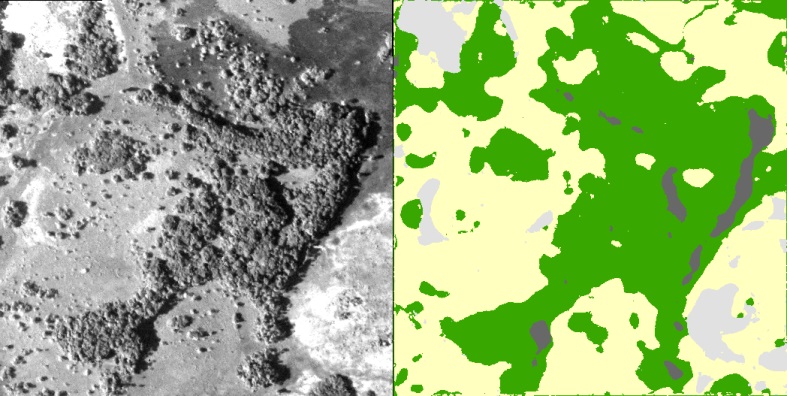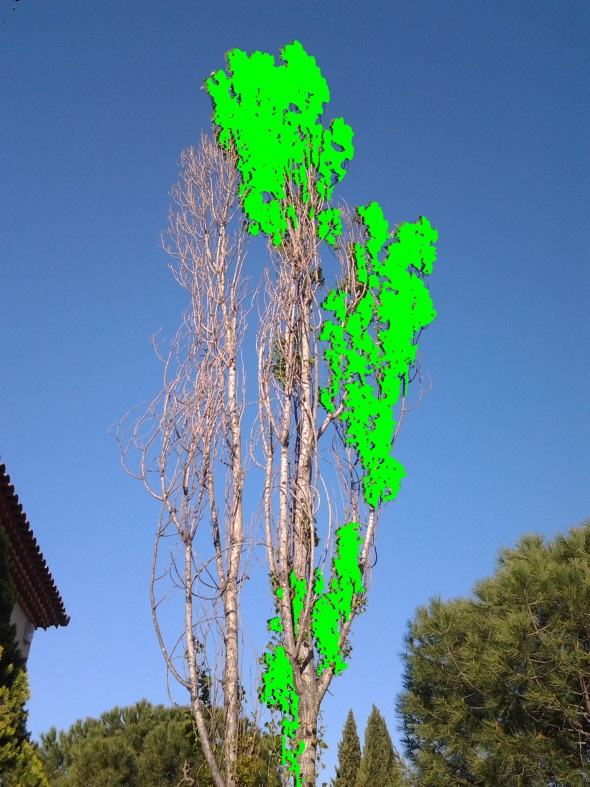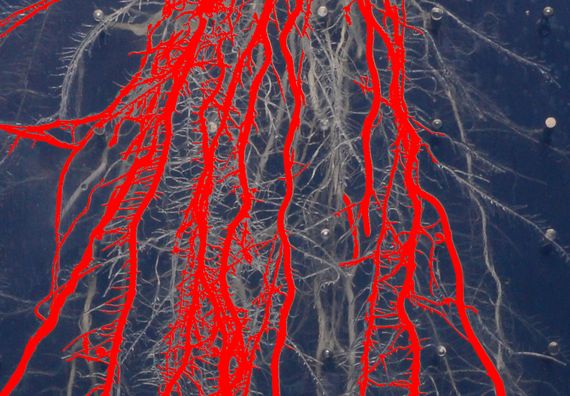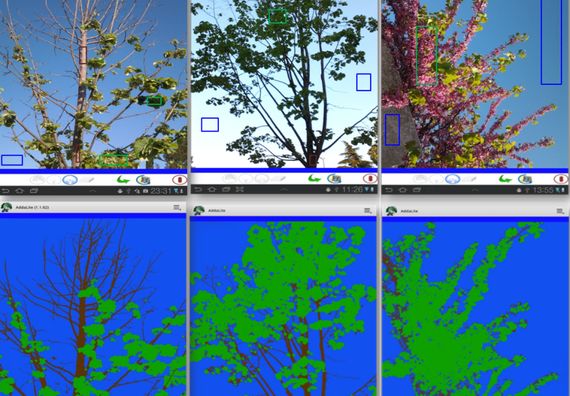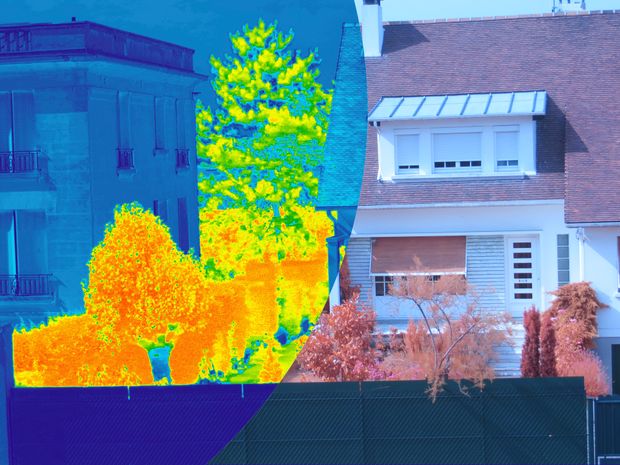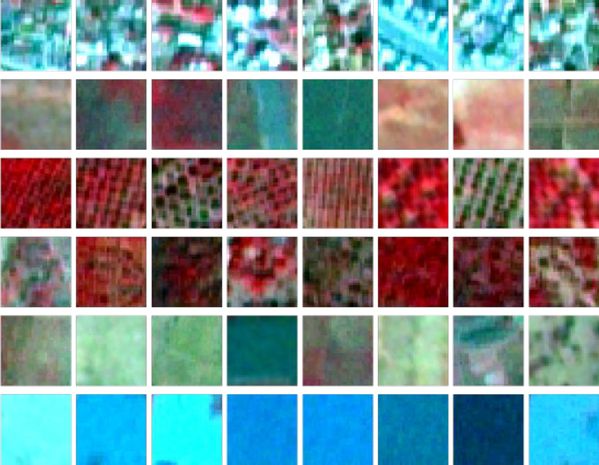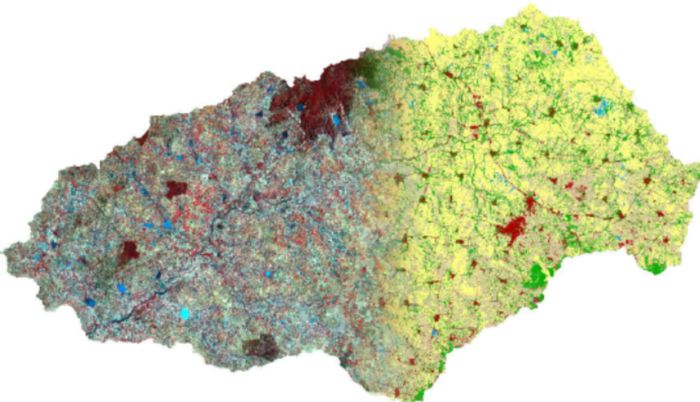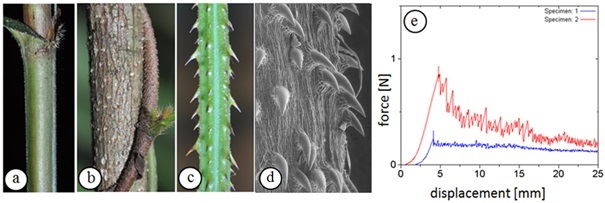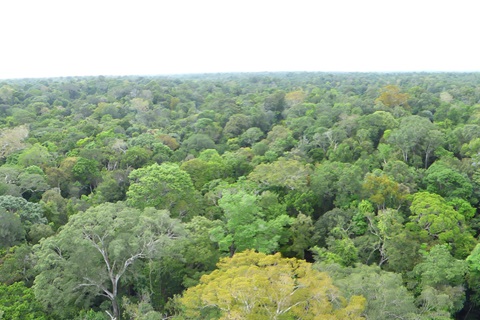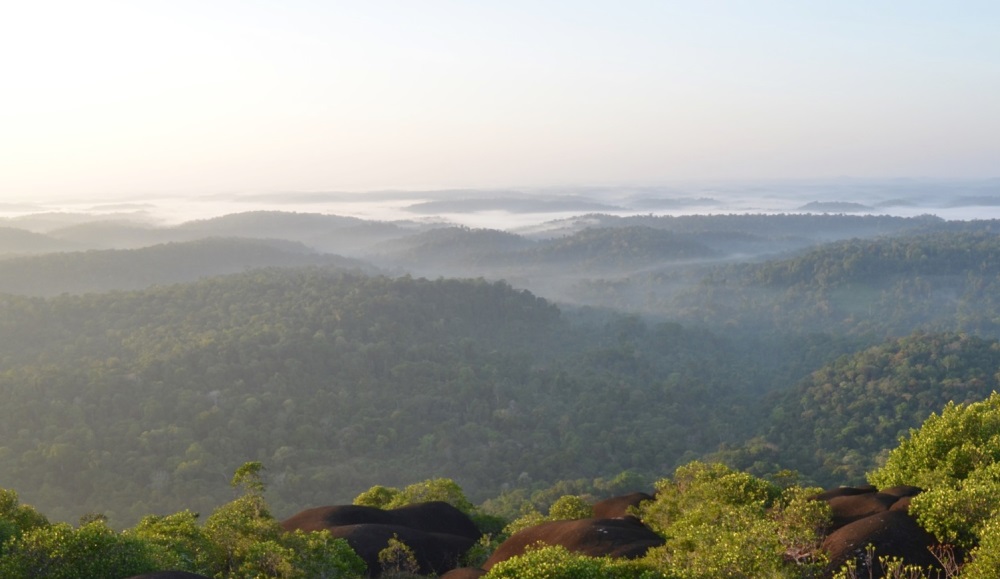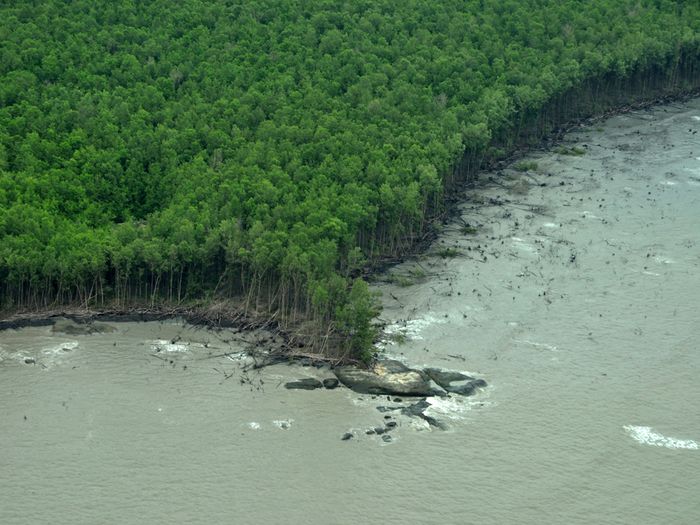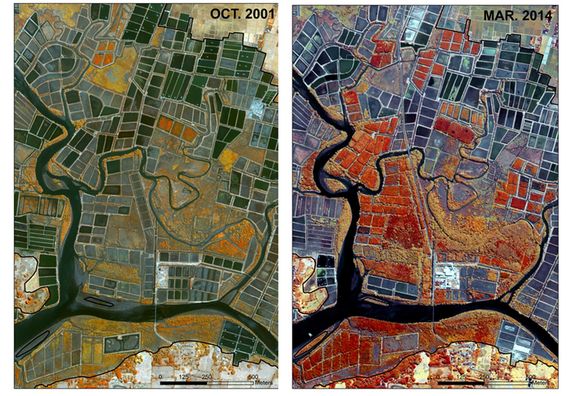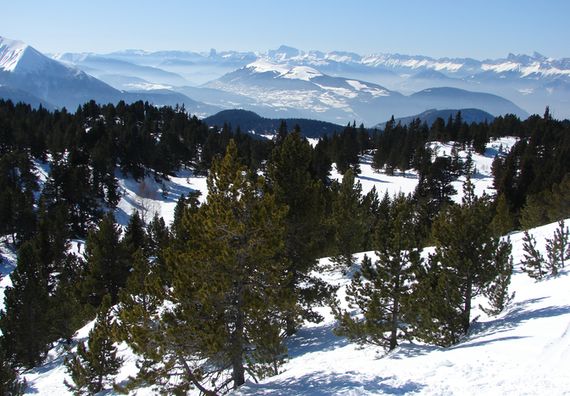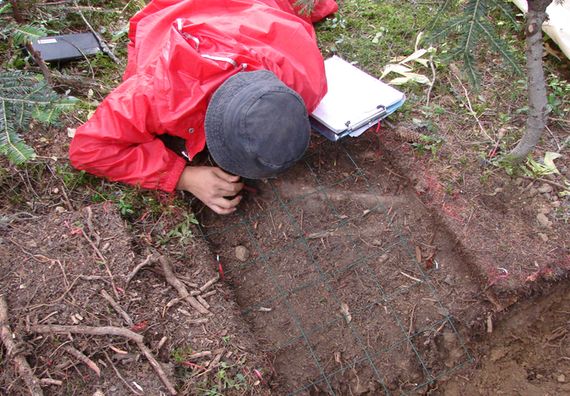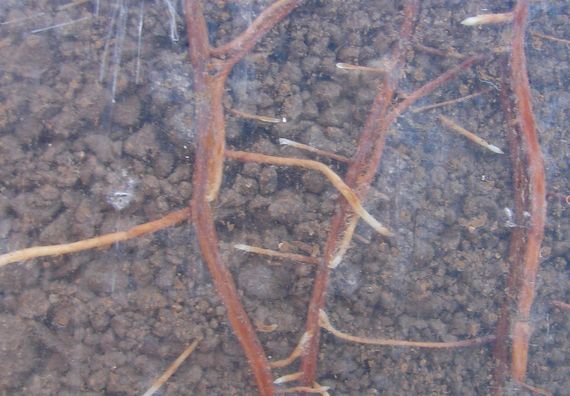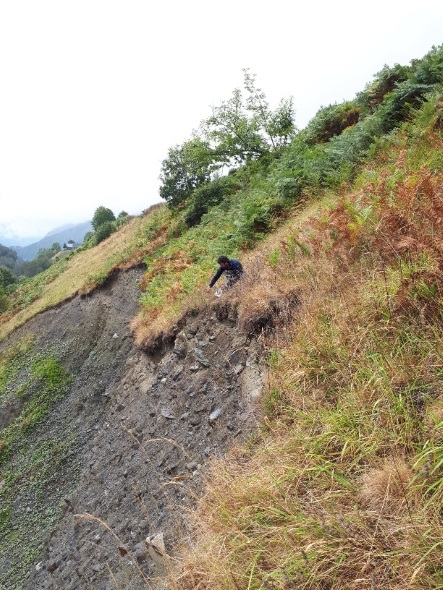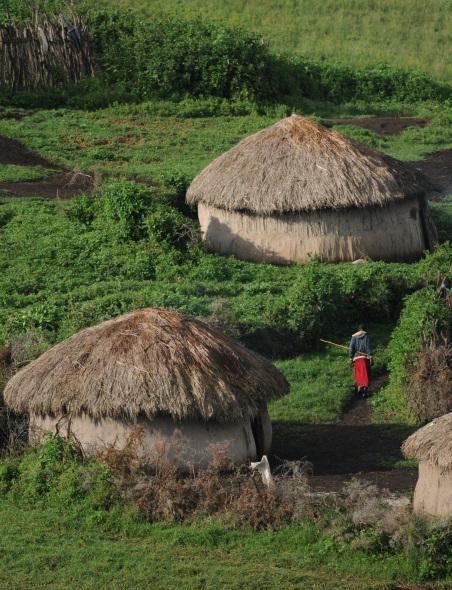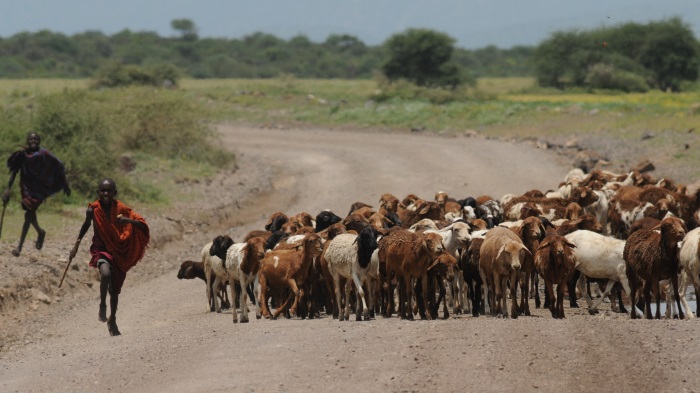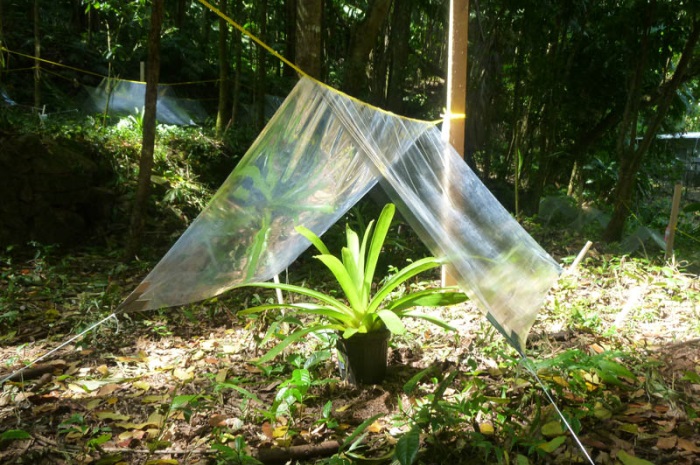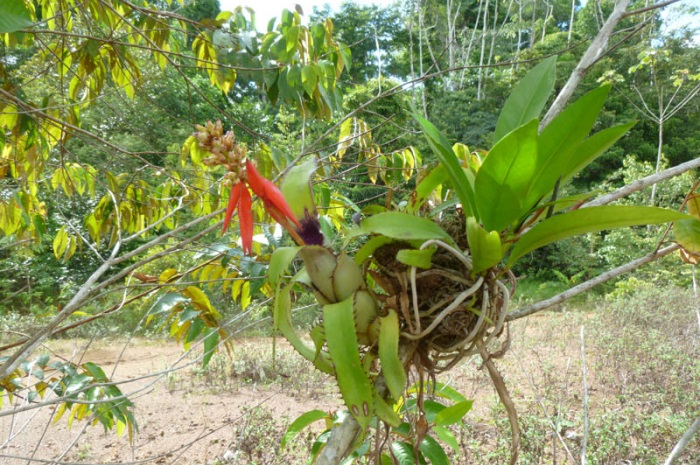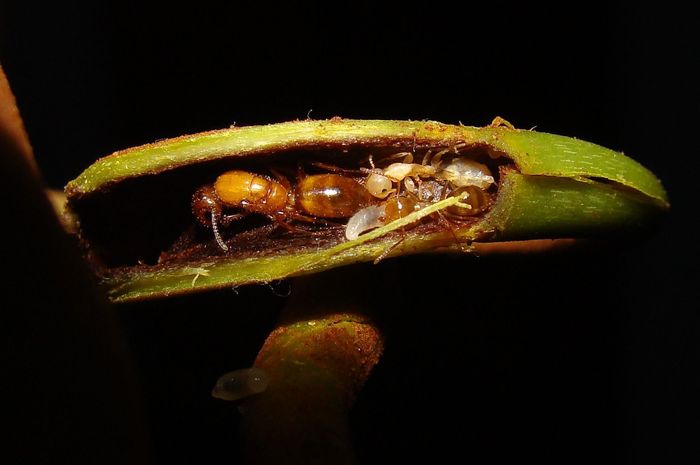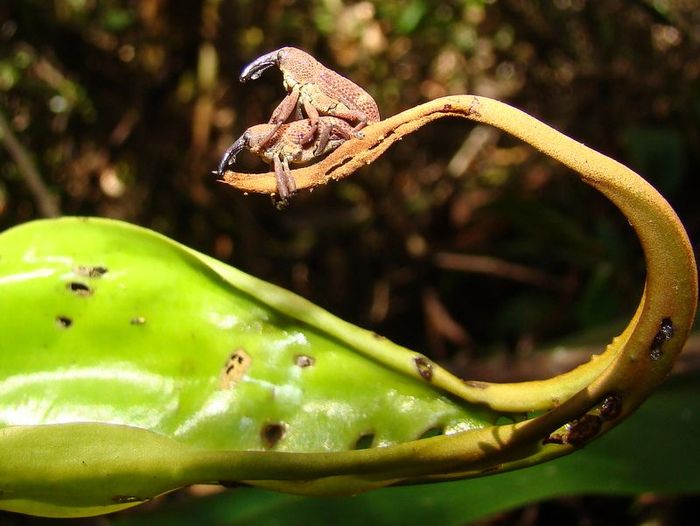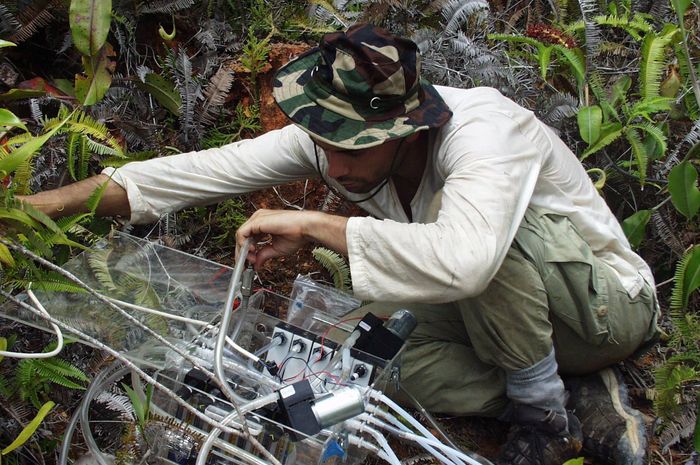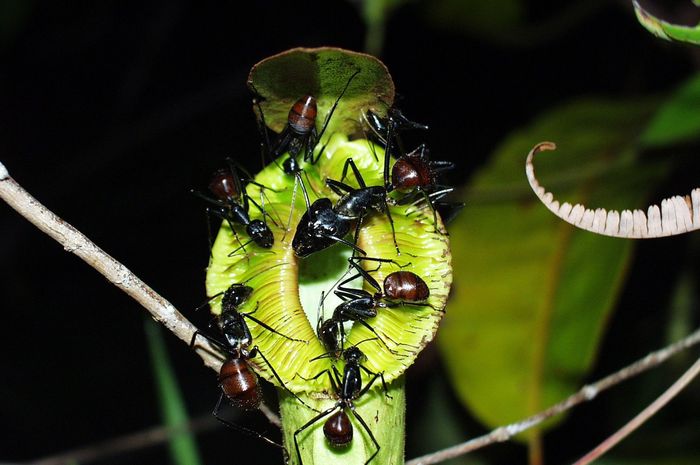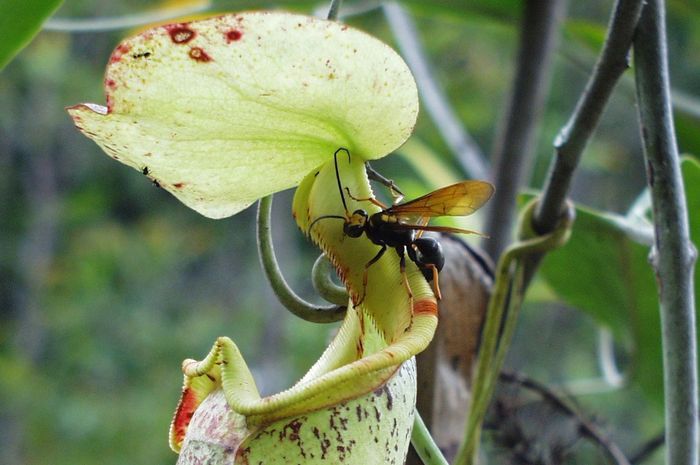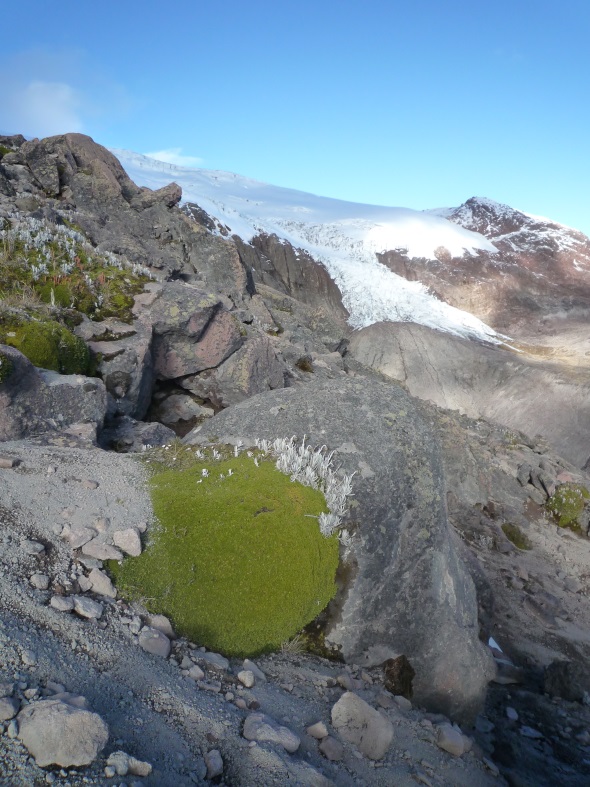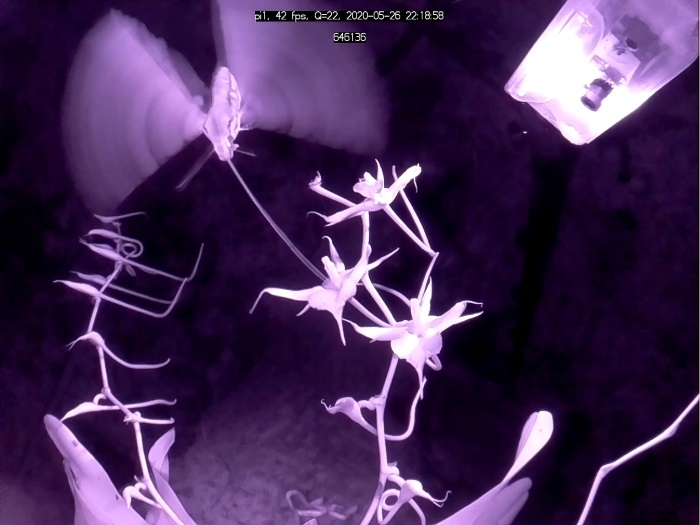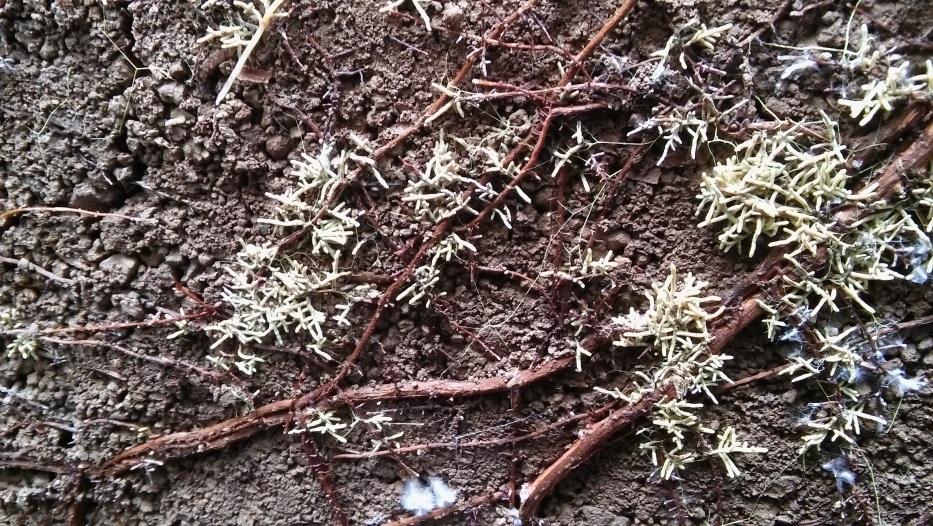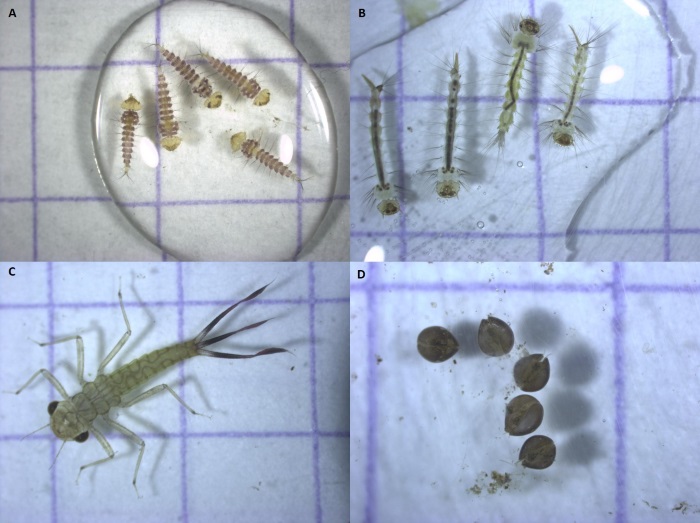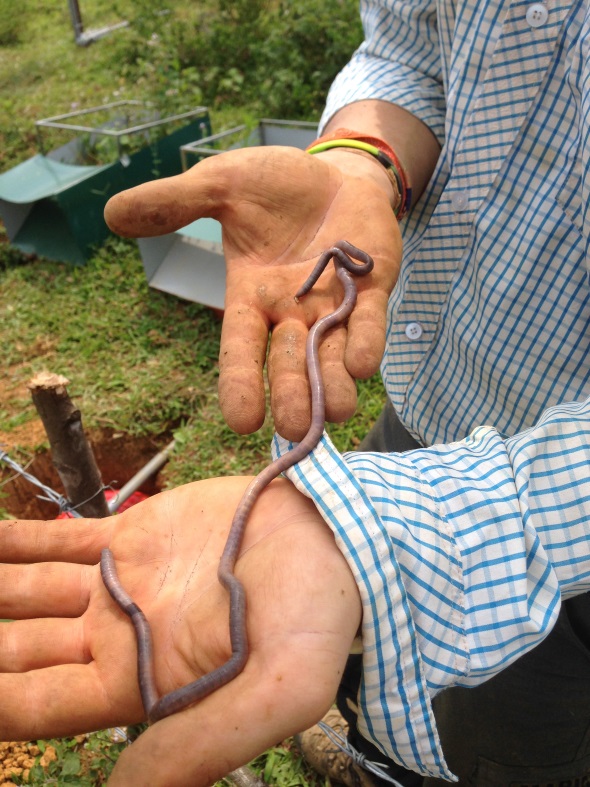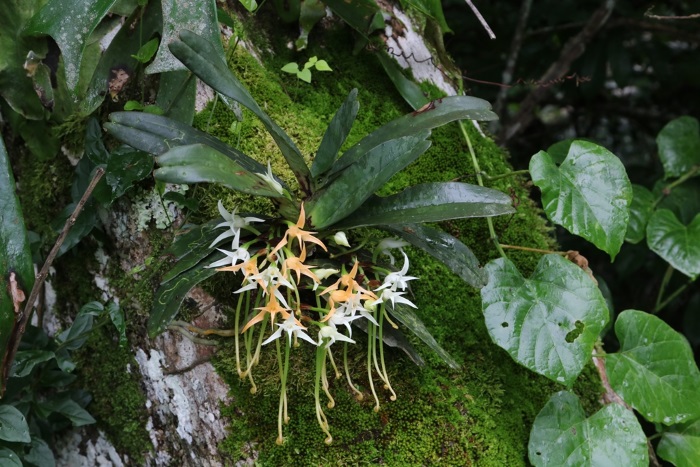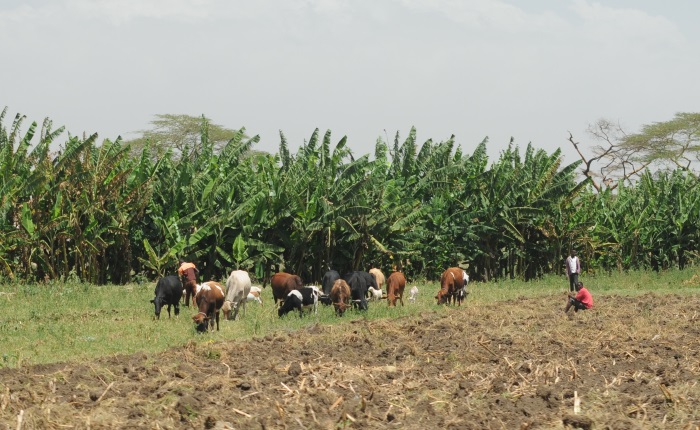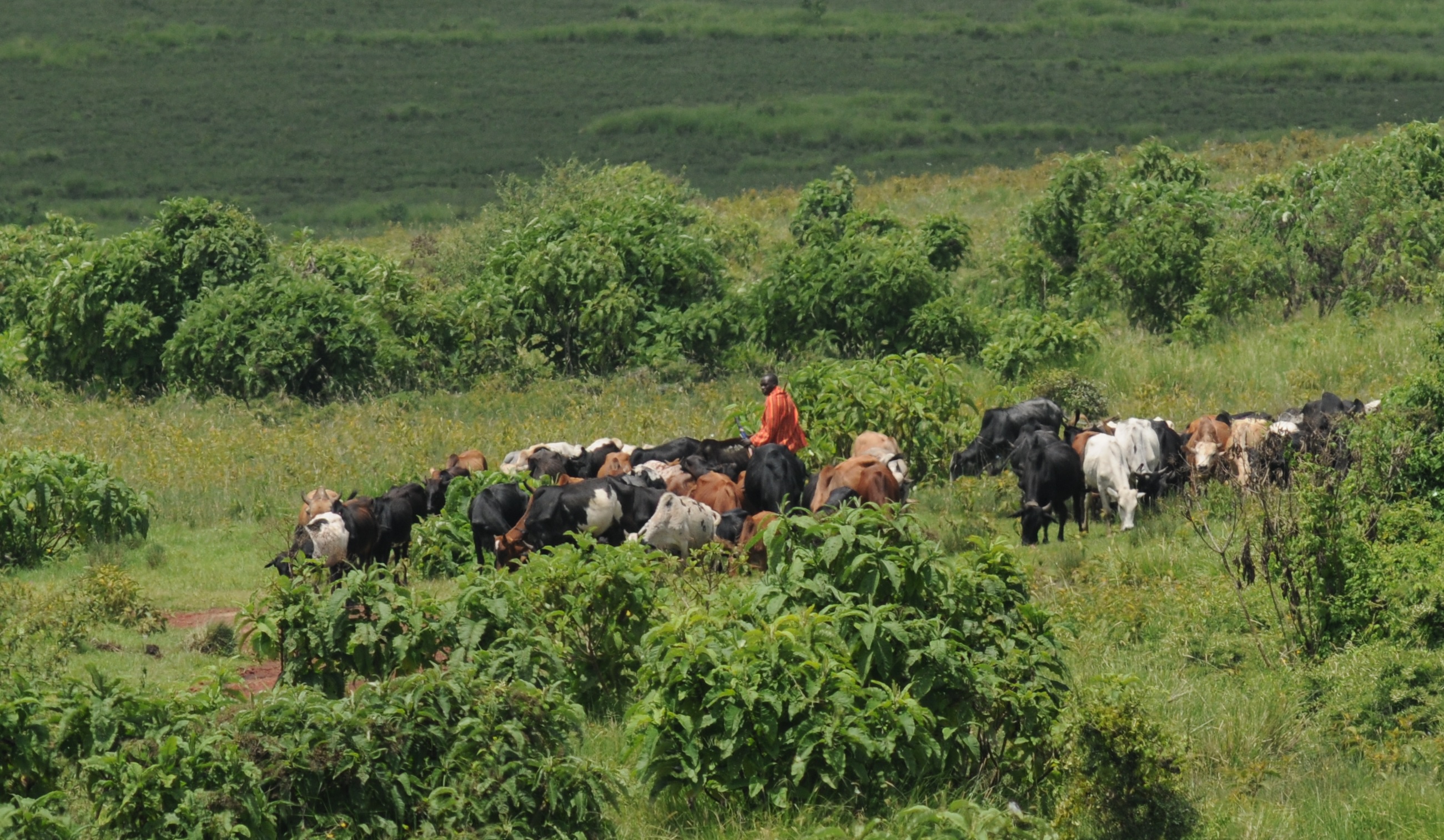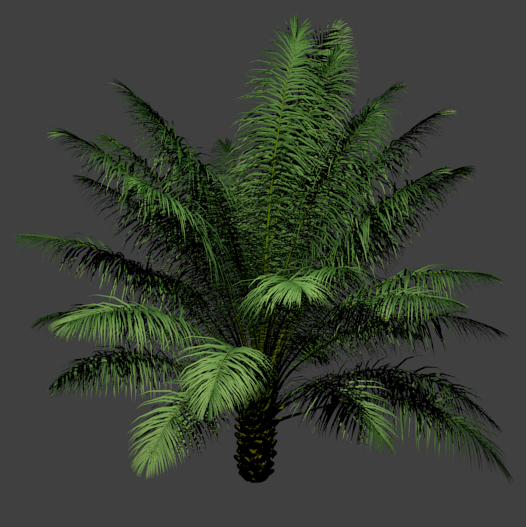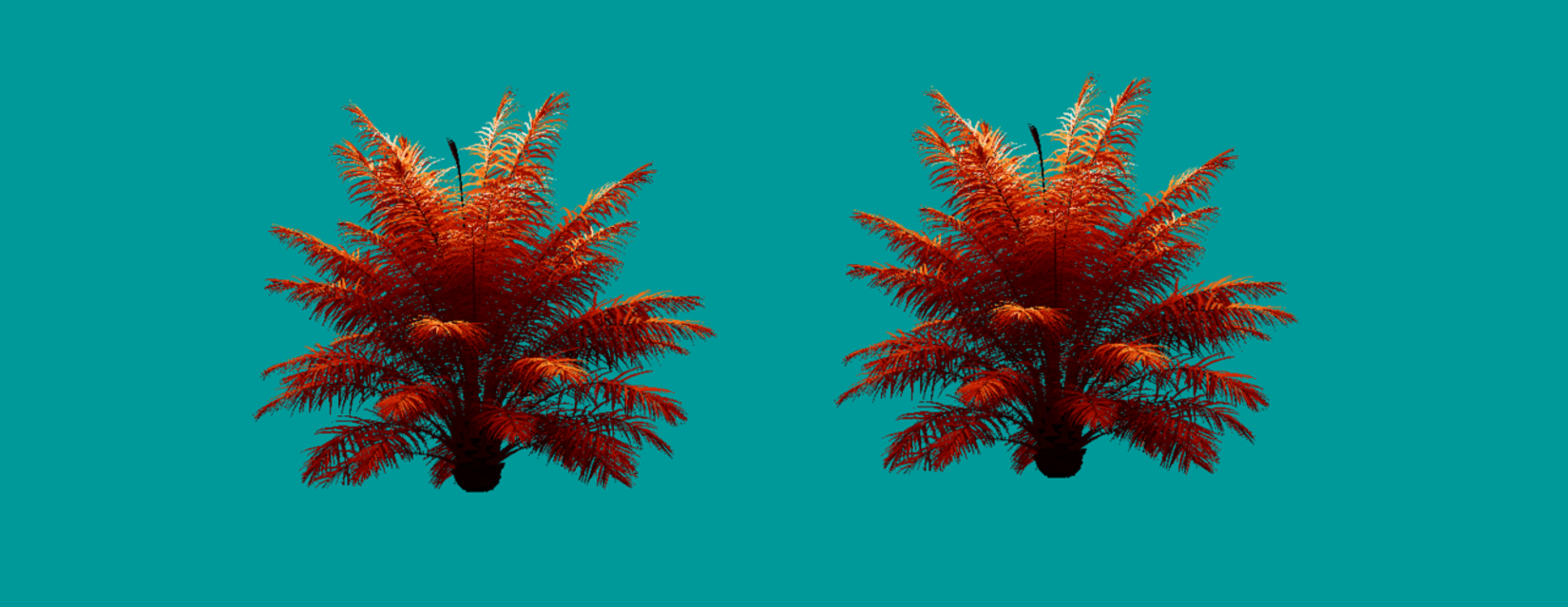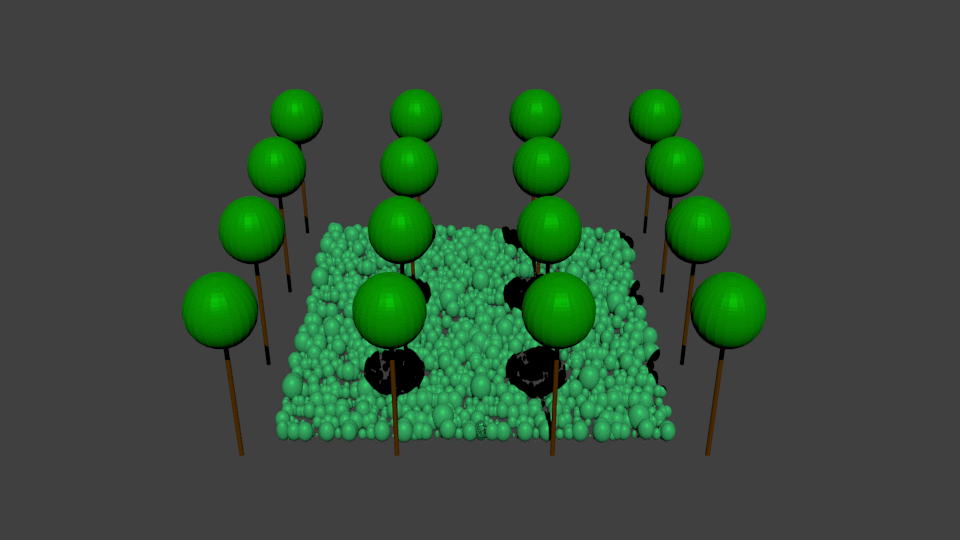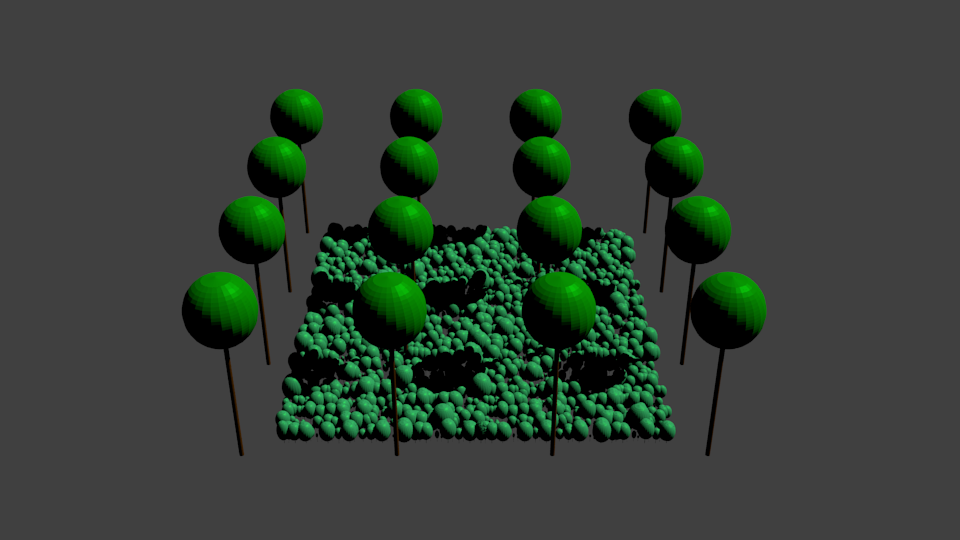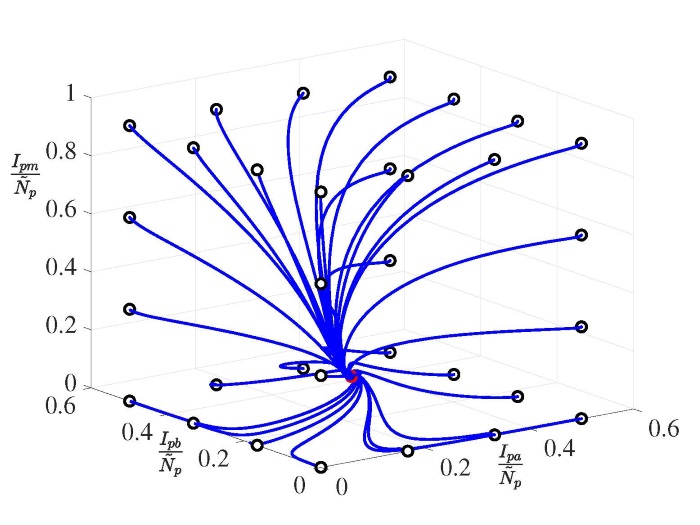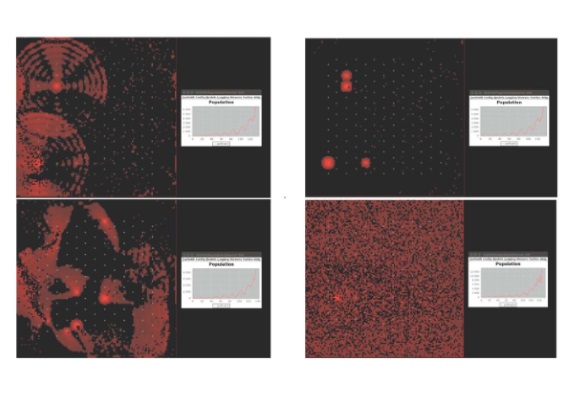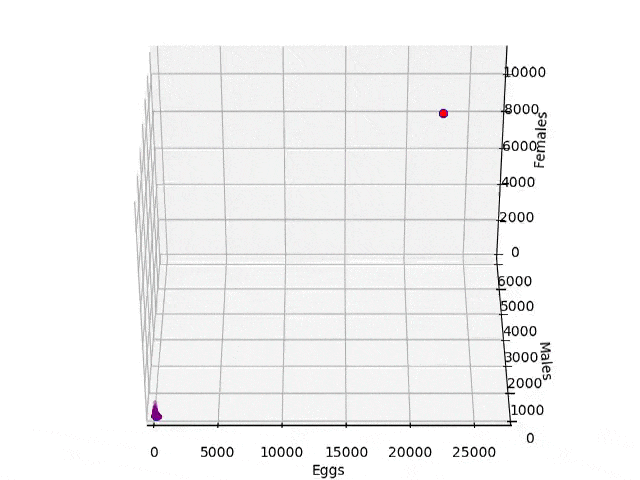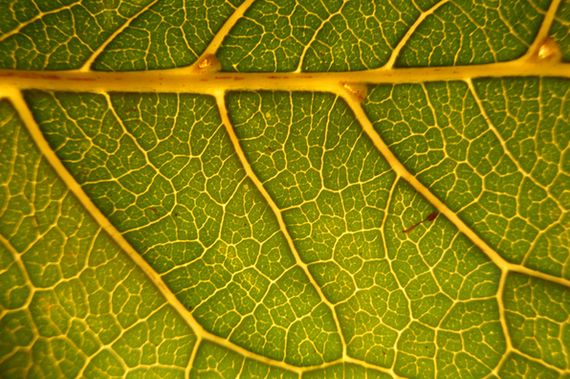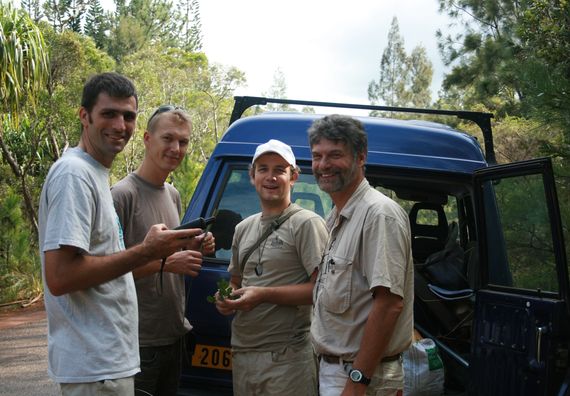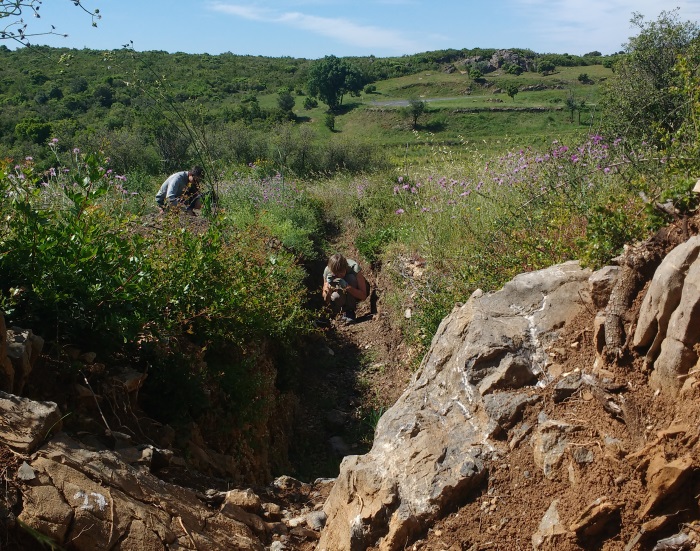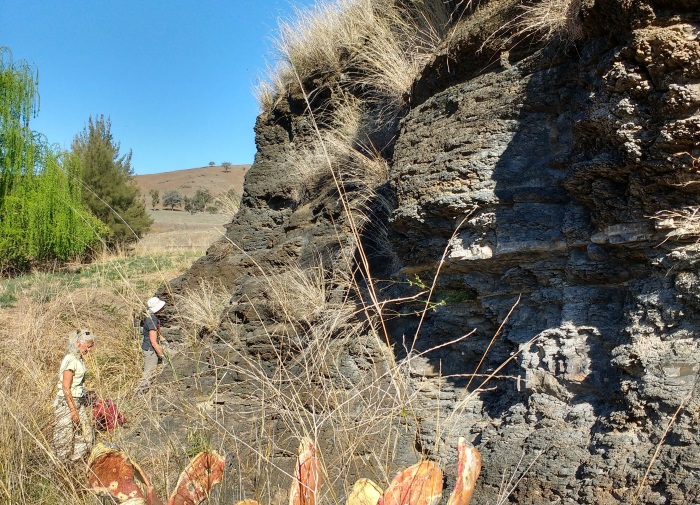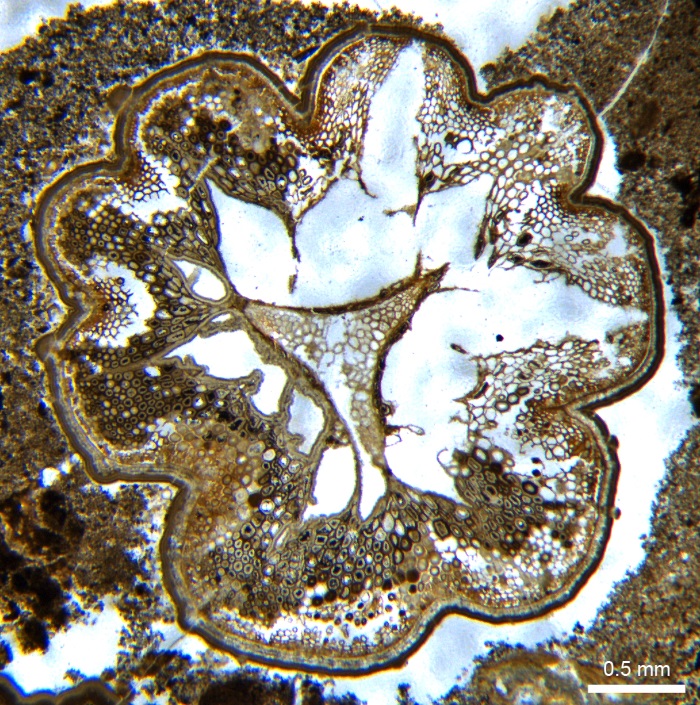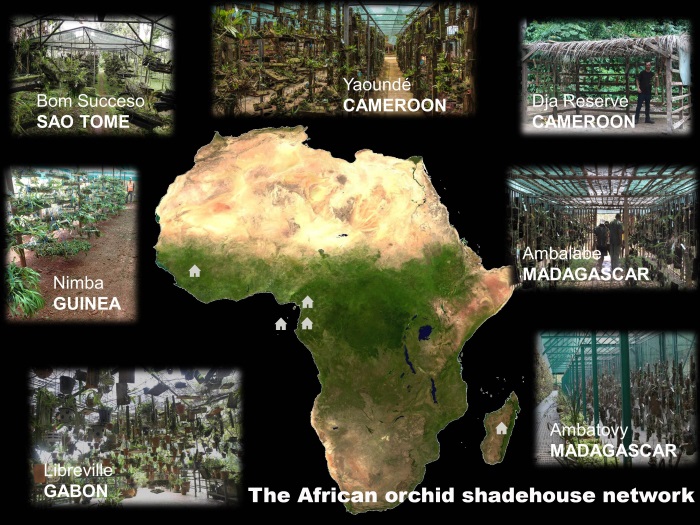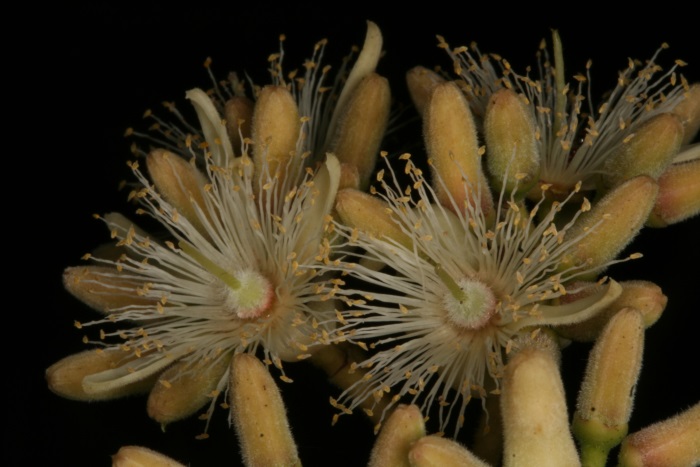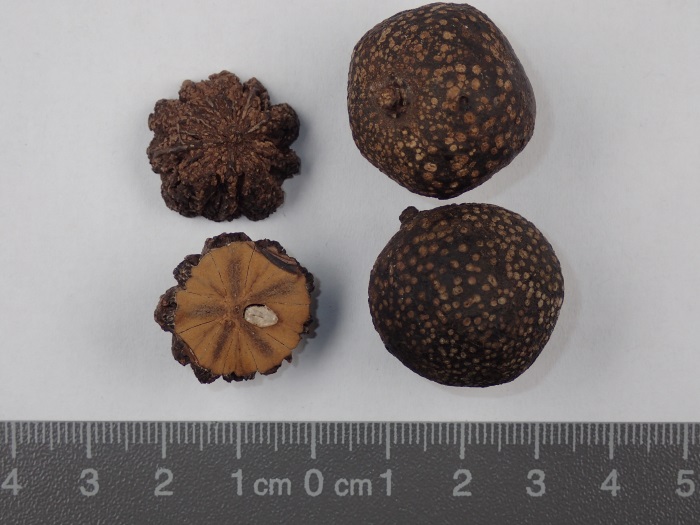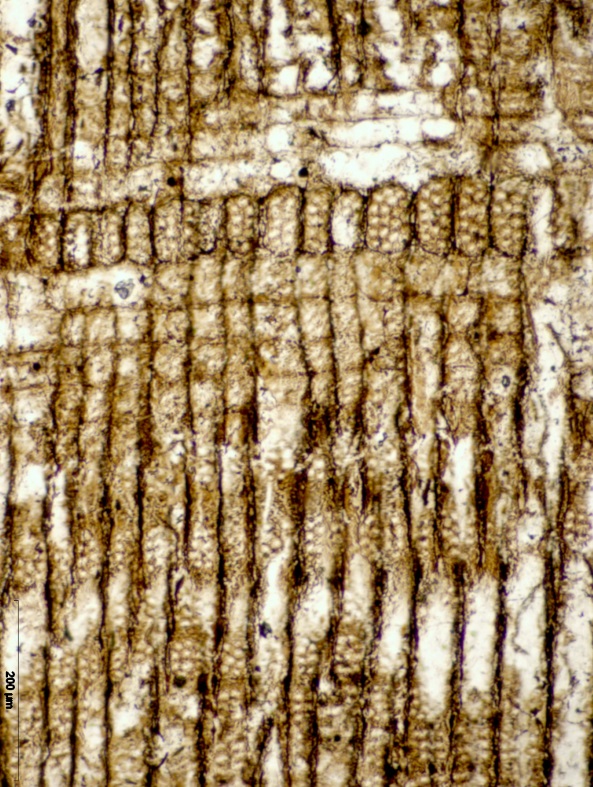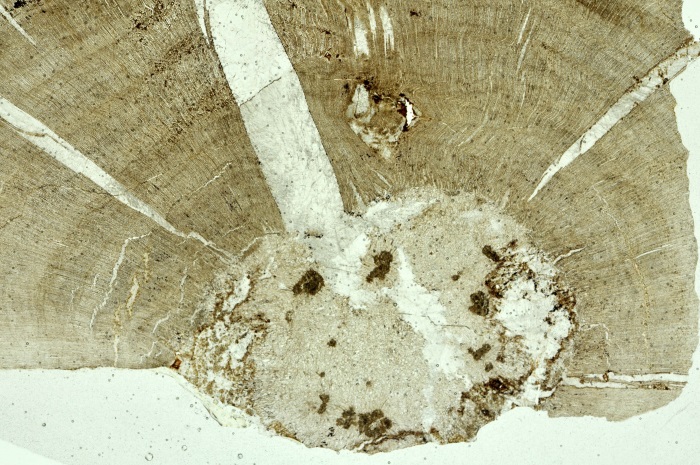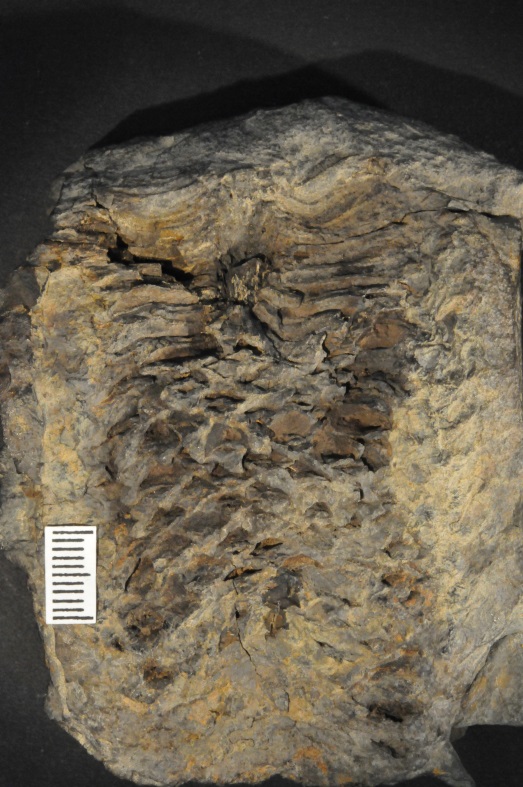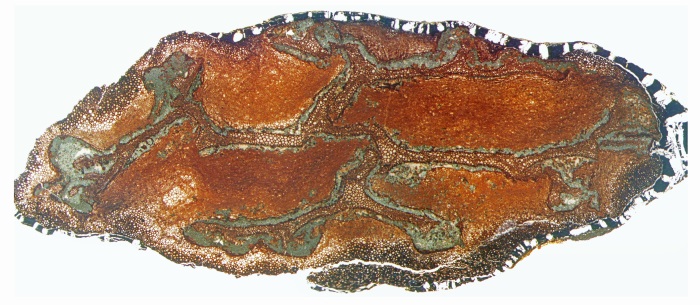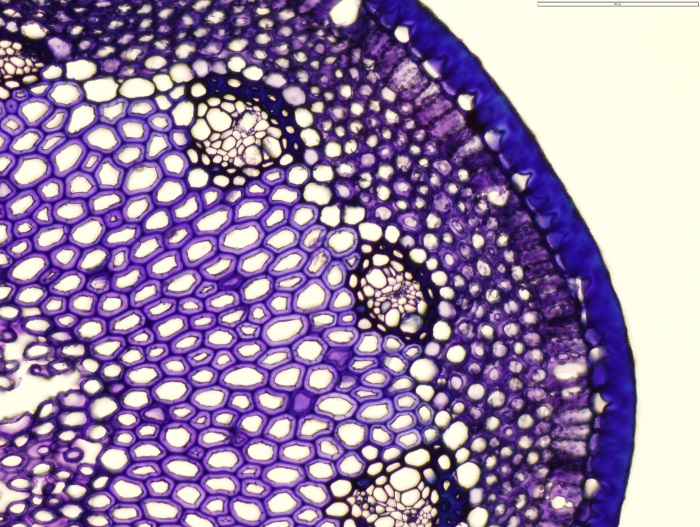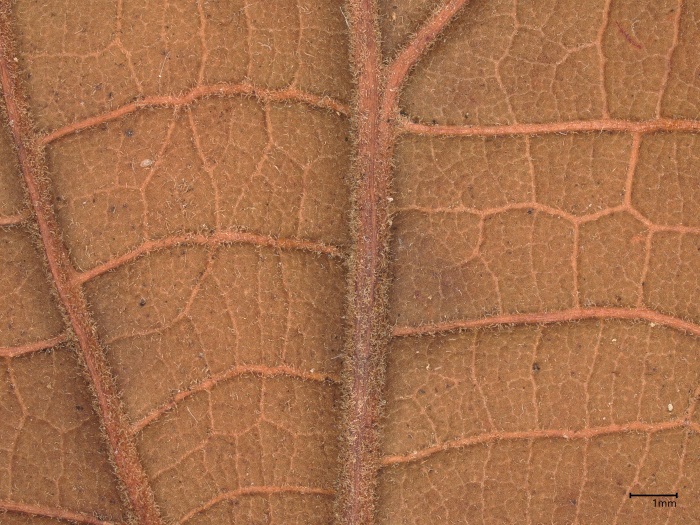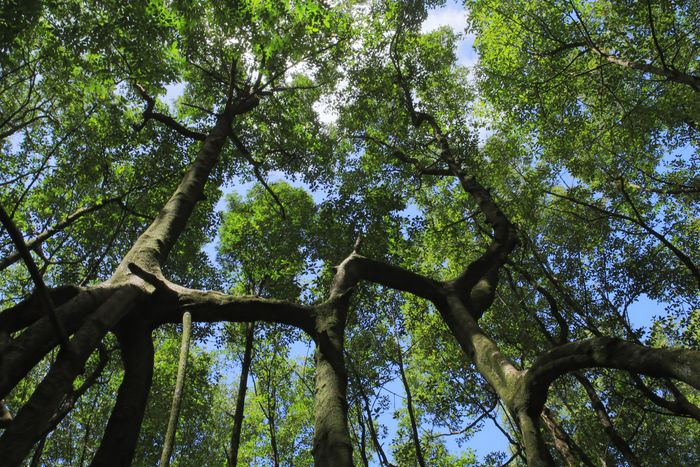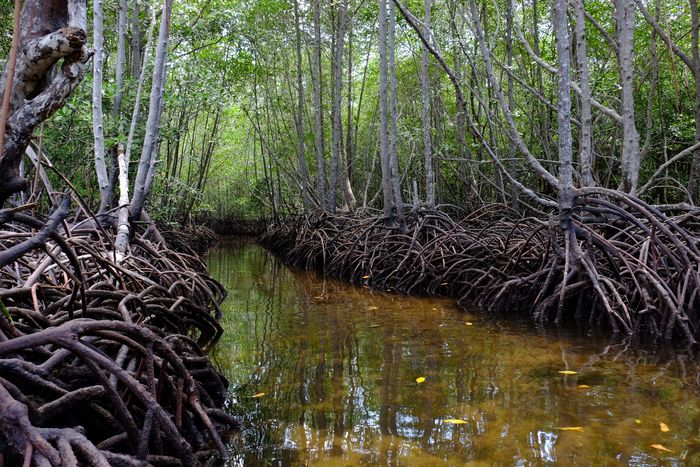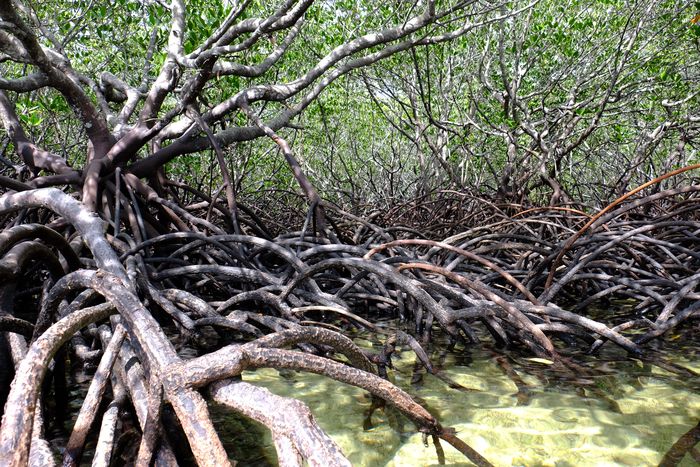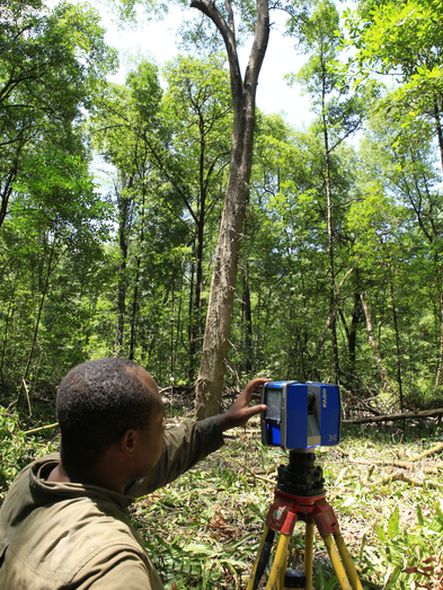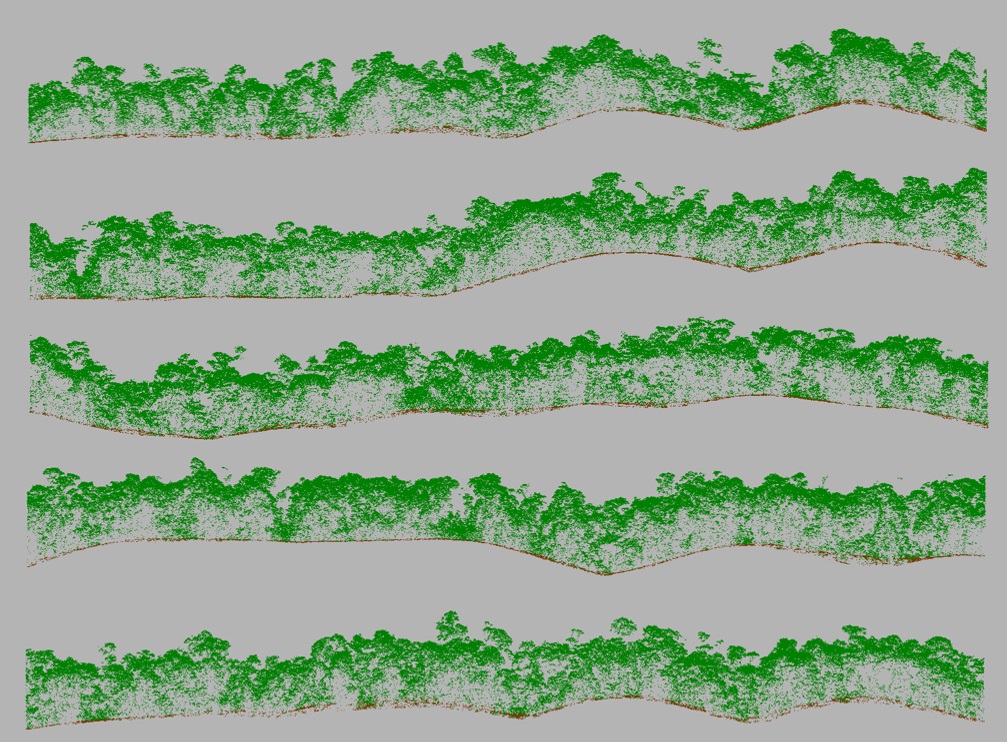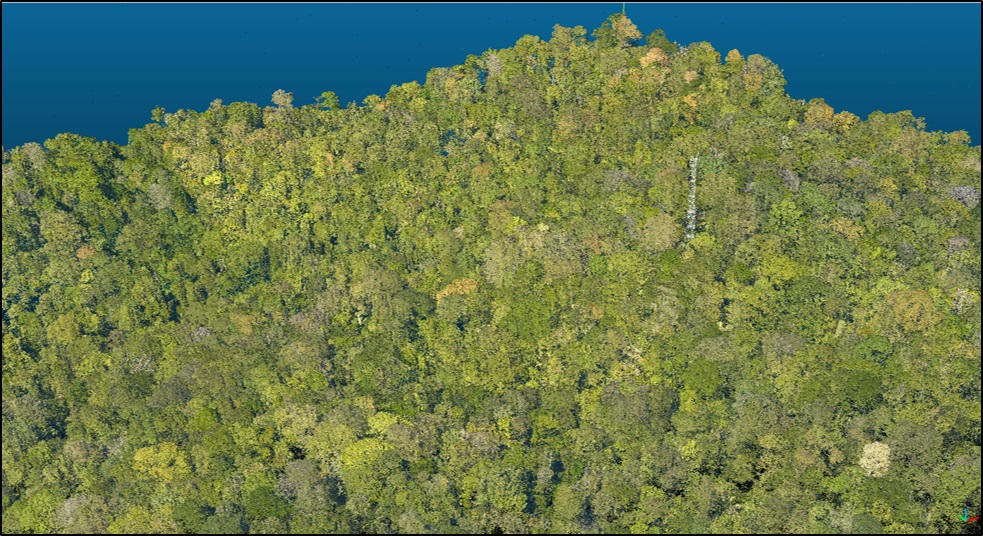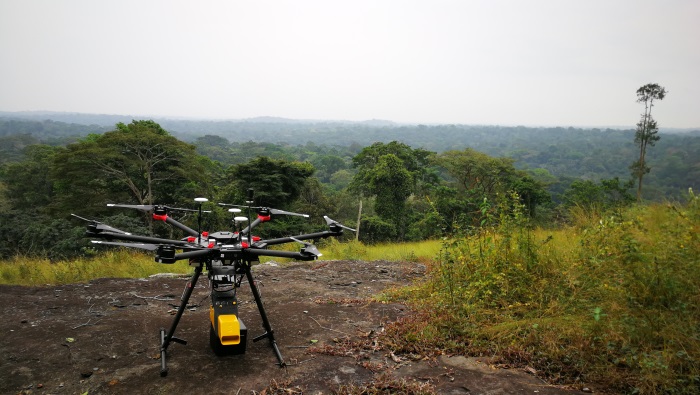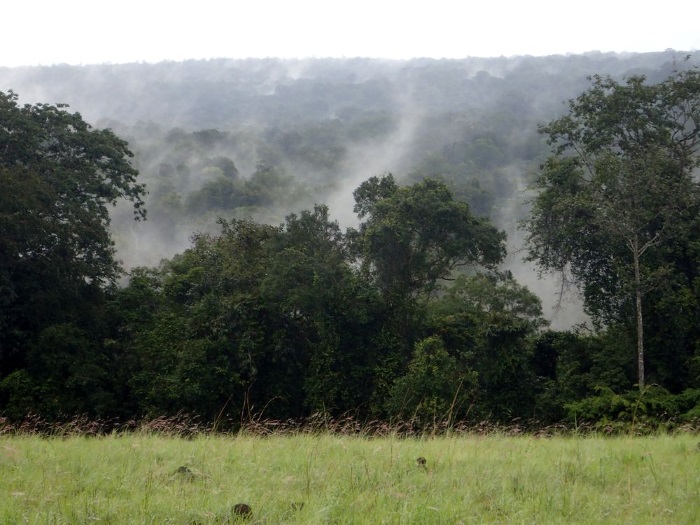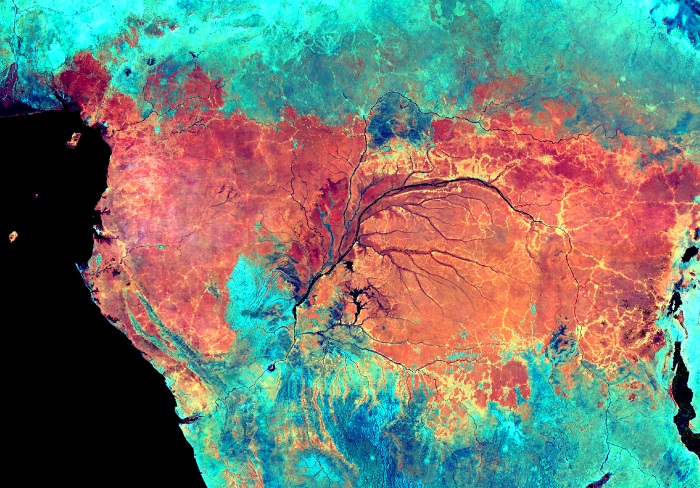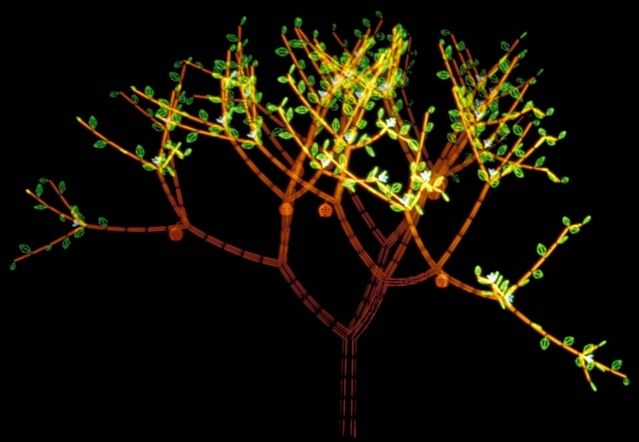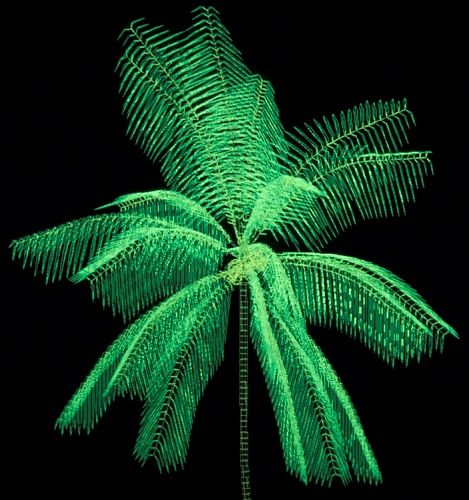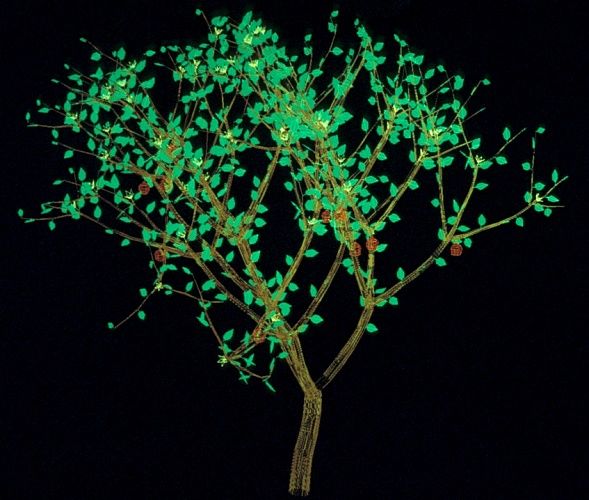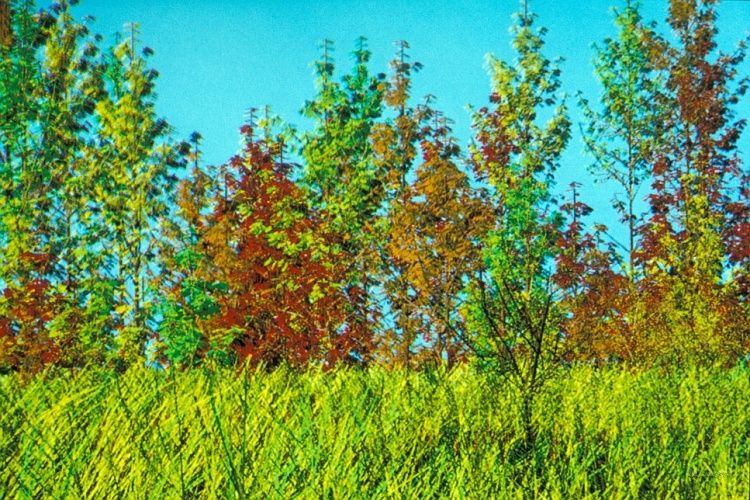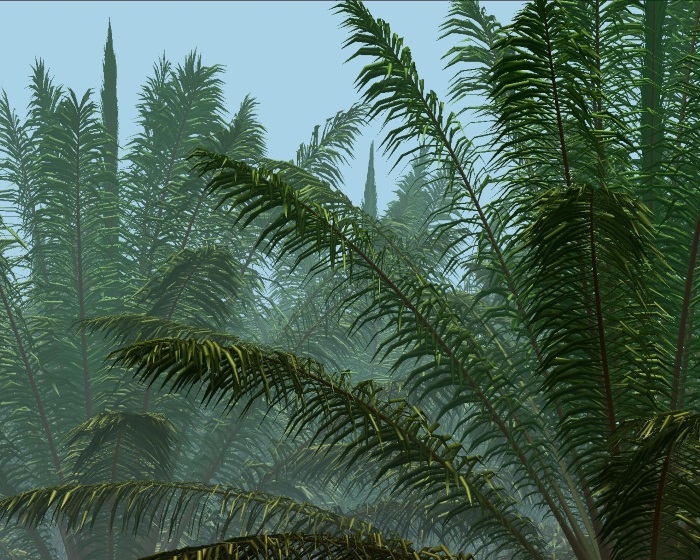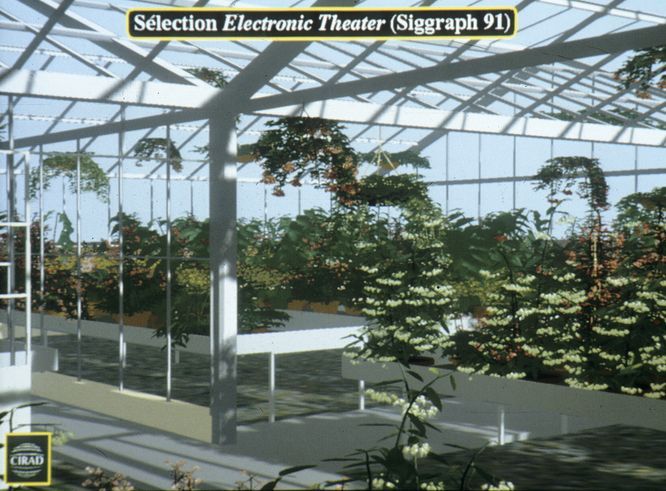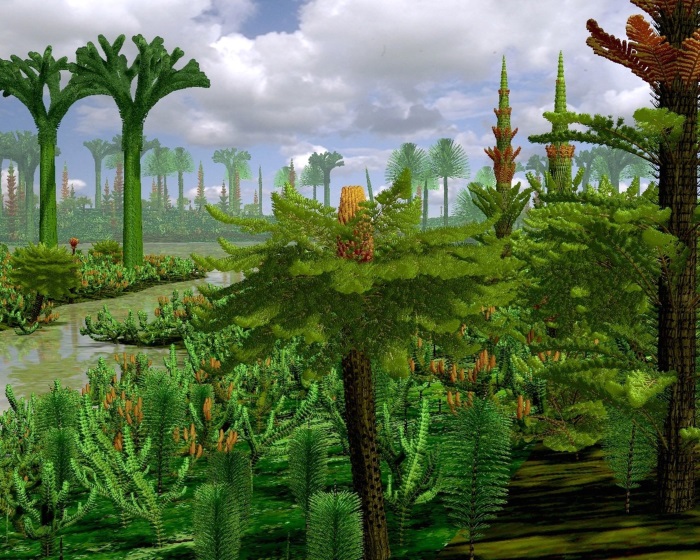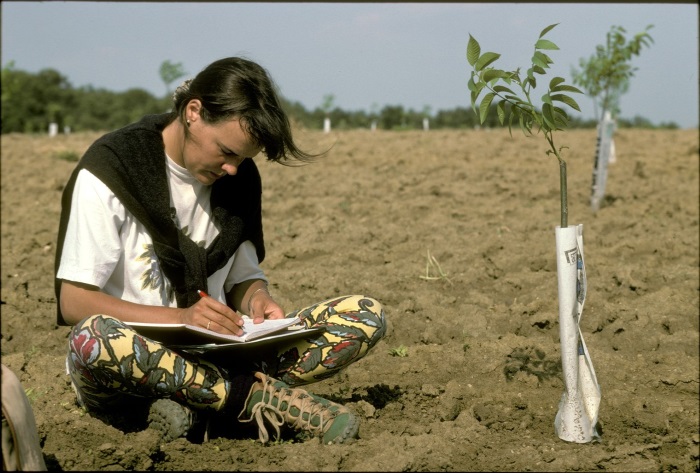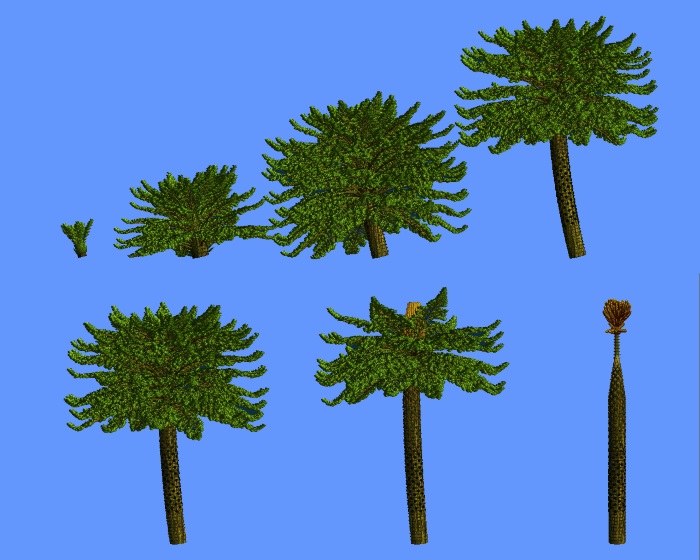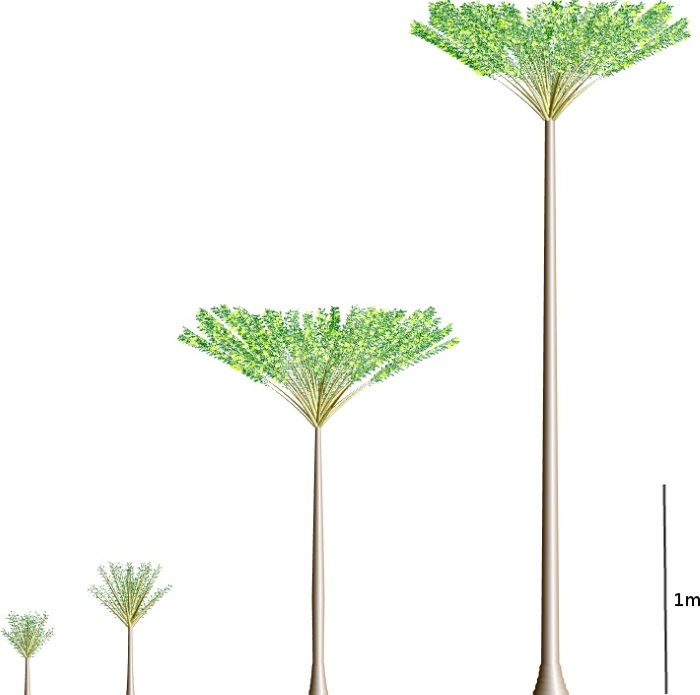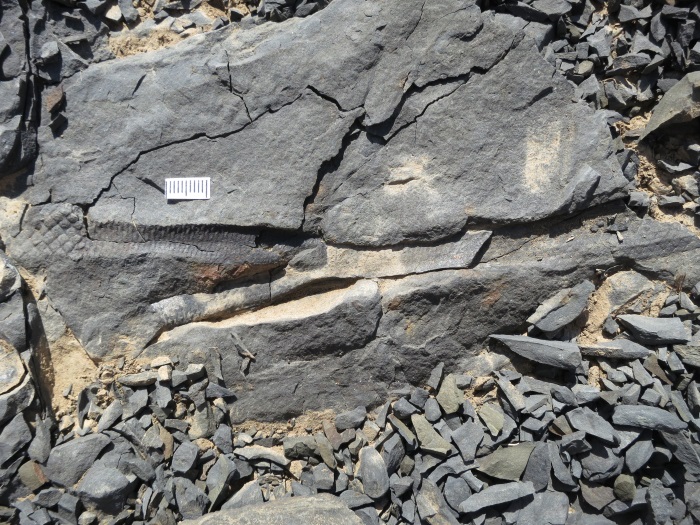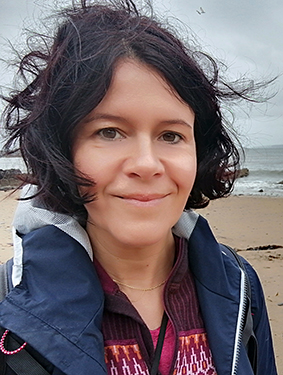ARCHI - Plant architecture and functioning
Keywords
Understanding the "structure-function-time-environment" relationships that govern the three-dimensional development of individual plants along ontogeny, according to the architectural approach initiated in the 1970s by F. Hallé et R. Oldeman (Hallé et al. 1978 - Tropical Trees and Forests - An Architectural Analysis. Springer).
In order to understand the functioning, evolution and adaptation of plants, we develop research on : (i) the links between architectural attributes and functions ("functional traits") related to exploration (occupation of space), assimilation (photosynthesis, root absorption), transport (flow, cavitation), reserves (role of parenchyma, water storage), support (mechanical support and postural control), defence (heartwood formation, morpho-anatomical adaptations), and survival strategies via vegetative and/or sexual reproduction ; (ii) the functional role of anatomy in the broad sense (pith, wood, bark, leaves...); (iii) the evolution of plant architecture, from fossil plants to phylogenies based on contemporary species and their biogeography (heterochrony, radiation, architectural convergences and divergences).
This work is based on : the study of growth forms (trees, shrubs, bushes, epiphytes, lianas); the morpho-anatomical analysis of the fundamental organisation of the plant (architecture, regularities, similarities) and the functioning of the shoots (stem-petiole-limb interface) and the tree crown; the relationships between primary and secondary growth, between stem and root development; the study of the multifunctional role of wood (mechanical support and hydraulic conduction), the determinants and the role of the epicormic branches (repair mechanisms).
Plants are also studied in their environment through the relationships between architecture, functional traits and biotic factors; interactions between individuals within the stand and communities (competition for resources, forest succession).
This work has applied spin-offs for the selection of species or varieties in agronomy and forestry; the development of diagnostic tools for tree management in cities, monitoring forest health; the definition of sampling protocols for the structure of large forest canopies, the determination of ontogenetic stages (architectural stages), or the measurement of functional traits in community ecology.
Several of our projects are conducted in French Guiana (partly supported by LabEx Ceba, and in New Caledonia, partly supported by IRD infrastructure and the Herbarium of New Caledonia).
| Acronym | Title | Durarion |
|---|---|---|
| COCOA4FUTURE | Cocoa4Future : Sustainability of production systems and new dynamics in the cocoa sector Project PI: Patrick JAGORET (CIRAD) | 2020 - 2024 |
| CoForFunc | Toward a biome-scale monitoring of the COngo basin FORest FUNCtional composition Project PI: Raphaël PELISSIER | 2024 - 2027 |
| CORMIER3R-II | Convergence Cormier - Réseau, Ressources et Résilience d'un arbre oublié au service de la transition agro-écologique Project PI: Marilyne LAURANS | 2023 - 2026 |
| EPIROOTS | Strategies of root attachment and nutrition mechanisms of vascular epiphytes Project PI: Céline LEROY | 2023 - 2024 |
| FLORAPYR 3D | Coopérer pour surveiller et conserver la flore pyrénéenne Project PI: Yann HELARY (CBNPMP) | 2024 - 2027 |
| Foss-AI | Unlocking fossil wood potential using Artificial Intelligence Project PI: Anne-Laure DECOMBEIX | 2024 - 2025 |
| ISLETS | Island Leaf Ecophysiological Trait Synthesis Project PI: Claire FORTUNEL / Kasey BARTON (University of Hawaiʻi at Mānoa) | 2023 - 2025 |
| TreeObs | TreeObs : aide à l’observation individu-centrée des arbres urbains Project PI: Philippe BORIANNE / Yves CARAGLIO | 2022 - 2025 |
| TreeXplo | TreeXplo : des données d’arbres urbains multi-sources aux analyses d’aide à la décision Project PI: Philippe BORIANNE / Yves CARAGLIO | 2024 - 2025 |
DE HALDAT DU LYS Alexandre 2021 - 2024. Interactions racines/tiges chez les arbres dans un contexte de changement climatique. Applications pour la production en pépinière des arbres d’ornement.. Ecole doctorale : GAIA / Université de Montpellier. Dir : NICOLINI Eric
MOUILLAC Chloé 2023 - 2026. Impact de la cueillette sur les populations de fleurs sauvages en France Métropolitaine. Ecole doctorale : GAIA / Université de Montpellier. Dir : ANTHELME Fabien
TRIKI Houssem 2022 - 2024. Titre (FR) Interactions entre attaques de bioagresseurs et croissance des plantes par une approche modèle appliquée au caféier robusta en Ouganda. Effets sur la production. Titre (EN): Interactions between pest attacks and plant growth using a model appr. Ecole doctorale : I2S / Université de Montpellier. Dir : JAEGER Marc / Co-dir. : RIBEYRE Fabienne
- UMR DIADE, IRD Montpellier : Jérôme Duminil et Romain Guyot ;
- Ecole centralesupelec, Université de Paris Saclay : Véronique Lechevalier ;
- UMR Ecofog : Sabrina Coste (UG), Clément Stahl (INRA
- Université d’Ulm (Allemagne) : Steven Jansen
- ISEM Montpellier : Benoît Brossier (CNRS)
- UR Forêt et Sociétés (Cirad): Charles Doumenge, Loic Dutrieux, Valéry Gond
- Kenya Marine and Fisheries Research Institute (KMFRI): Jacqueline Uku
